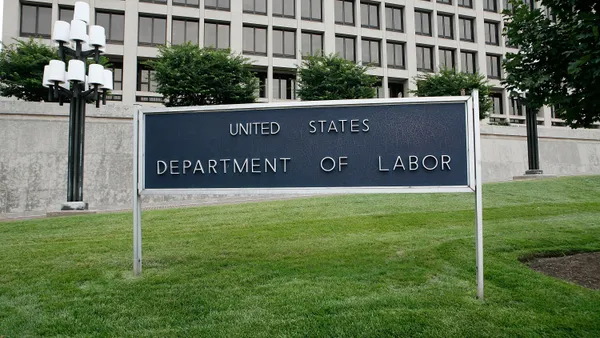Ashley Deihr is a partner focused on risk advisory in Baker Tilly's higher education practice.
Recent cases of admissions fraud at prestigious higher education institutions have created distressing situations for colleges and universities across the nation. As a result, admissions practices have come under fire, causing many institutions to take a hard look at what they can do to protect their admissions integrity.
The headline-grabbing abuses include allegations of fabricated student credentials, falsified test scores, and bribes to administrators, coaches and proctors. The scandals highlight practices at top institutions that were either intentionally fraudulent or, at the very least, inconsistent.
If they haven't already, institutions should proactively initiate reviews of admissions and enrollment processes to assess potential risks by taking the following five steps.
Assess key risks of existing admissions processes
When evaluating the effectiveness of admissions and enrollment controls, colleges need to consider how adverse events within the admissions process can impact its other areas of the institution. They can start with a holistic evaluation:
- Assess institutional culture: Do you have a formal process to communicate ethical values and promote integrity?
- Determine the effectiveness of personnel: Who is involved in your admissions process? Are all staff members adequately trained?
- Monitor admissions conduct and control: Do you have sufficient controls for admissions approvals? How are training and policy execution monitored?
- Identify potential risk areas: What are your greatest admissions risks? Are controls in place to mitigate or address them?
- Evaluate admissions policies: How are admissions policies established and evaluated?
- Review technological resources: What systems support enrollment management processes? How are you ensuring data integrity?
Address special circumstances and challenges for special admits
Several instances of admissions fraud involve athletics. One example includes inappropriately designating applicants as recruited athletes in order for them to gain admission. Institutions should look at how processes for special admits such as athletes and children of donors are reviewed and monitored.
To address these risks, institutions should:
- Compare institution-wide standards for general admits versus special admits.
- Assess the relationship and communication between admissions and the athletics department and coaches, including undocumented policies and procedures for coaches' involvement within the admissions office
- Analyze data on the proportion of athletics or special admits to overall admits.
- Identify students admitted as athletes or others who are not participating in their sport or activity.
- Review the controls in place to verify a prospective athlete's or special admit's credentials prior to granting admission; consider establishing a special admissions committee.
- Use social media research to establish an athlete admit's athletic background, and address a lack of compliance regulations around verification of that status.
Determine the impact of admissions improprieties
Admissions fraud can lead to a number of inadvertent consequences, including damage to reputation and brand, alumni support, and, in some cases, applicant interest. Institutions regularly report on admissions data to external agencies, and reporting falsified data — intentionally or unintentionally — can cause reputational damage, removal from rankings and/or guidebooks and the loss of accreditation or federal funding.
Reporting errors in traditional application data has spurred investigations into financial aid application data integrity. The U.S. Department of Education has initiated and will initiate investigations to examine evidence of Title IV funding violations.
Enhance admission and enrollment management functions
Institutions can take steps to ensure admissions operations are effective in avoiding improprieties while supporting the integrity of the institution by:
- Evaluating admissions staffing levels, roles, responsibilities and decision-making authority.
- Ensuring transparency around institution-wide standards for unique student groups, such as athletes, honors students and merit scholars.
- Identifying red flags or control gaps that could threaten the integrity of the admissions process.
- Requiring continual reporting of admissions and enrollment metrics.
- Developing meaningful data analytics in support of effective and consistent decision-making.
- Seeking alignment of recruitment, admissions and enrollment decisions with strategic priorities, including fiscal viability.
Break down admissions challenges
The motives and incentives to commit fraud have been around as long as mankind, and they aren't specific to higher education. However, understanding why and how fraud occurs in an institution gives a solid foundation for making improvements. Often, a breakdown in policy or procedure coincides with a lapse in communication and controls, creating a perfect storm for fraudulent actions to go unnoticed or unreported.
Considering challenges and approaches in admissions will help stem future problems. Institutions should develop a plan that addresses:
- Lack of formalized procedures for admissions decision-making.
- Inconsistent application on how admissions criteria, such as test scores and extracurricular activities, factor into the decision-making process.
- Lack of disclosures for all students to acknowledge that the information presented with their application is accurate.
- Decentralizing of recruiting and admissions and how institutional culture can play a role.
Evaluating an institution's enrollment and admissions procedures is not an easy task, but it is critical to ensure the integrity and standards are met.













